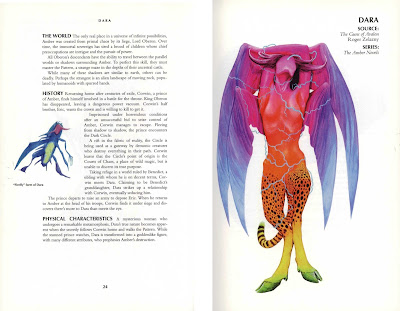Book Review: 'The Holmes - Dracula File' by Fred Saberhagen
4 / 5 Stars
‘The Holmes-Dracula File’ (249 pp) was published in 1978 by Ace Books, with cover art by Robert Adragna.
London, late May, 1897. The city is preparing for June 22, and the celebration of Queen Victoria’s Diamond Jubilee.
A middle-aged man awakens with amnesia. He discovers he is bound with steel cuffs to a mattress atop a wheeled cart. He is lying in a tenement room, somewhere close to the harbor. Still stupefied from the blow to the head that led to his abduction, he can only lie helplessly while he is wheeled into an adjoining laboratory. A team of gowned and masked researchers press a cage of insects onto his naked chest……..
At 221B Baker Street, Sherlock Holmes and John Watson have a client. Sarah Tarlton, a young American woman, is distraught over the disappearance of her fiancé, the scientist John Scott, in Sumatra. Scott had embarked on an expedition into the unexplored depths of the jungle to study tropical diseases. After five months without contact, Tarlton fears that Scott has fallen victim to misfortune.
To Sarah Tarlton’s consternation, equipment from Scott’s Sumatran expedition recently has arrived at a warehouse in London, and been picked up by a man who eyewitnesses state bears a strong resemblance to John Scott; as well, the signature on the receipt is that of John Scott.
Is John Scott alive and well in London ? If so, why has he not contacted his fiancé ?
As Holmes and Watson embark on their investigation into the fate of John Scott, they will discover a conspiracy that threatens the fate of the entire city….. a conspiracy with a disturbing link to the supernatural..........
‘The Holmes-Dracula File’ is quintessential proto-Steampunk, and the thematic and spiritual predecessor to novels such as Kim Newman’s Anno Dracula and K. W. Jeter’s Morlock Night. Saberhagen’s borrowing of prominent fictional personalities as main and supporting characters, and use of a plot that is referential to well-known Victorian-era fiction, were innovative back in 1978. Nowadays these approaches to crafting a narrative are a given for many Steampunk sf and fantasy novels.
Were it written in 2013, ‘Holmes-Dracula’ would have been 400 or more pages in length, burdened with over-written prose and the management of several simultaneous sub-plots.
Because that’s what a lot of contemporary Steampunk fiction is like, as epitomized by Felix Palma’s The Map of Time, a mass market paperback that is not only 720 pages long……..but the first volume of a trilogy.
But as a novel written in ’78, ‘Holmes-Dracula’ benefits from having short chapters, the presence of just two plot threads, prose that avoids being overly descriptive, and an absence of too many internal monologues and overwrought explorations of the emotional angst and personal traumas of its lead characters.
That said, ‘Holmes-Dracula’ isn’t perfect. Without disclosing spoilers, I’ll admit that Saberhagen’s rationale for the appearance of Dracula in the aftermath of the events of Stoker’s novel is more than a little contrived, and the major revelation that confronts Holmes in the novel’s closing pages also seems contrived. As well, Saberhagen chooses to depict the Count less as a monster, and more as a thoughtful aristocrat; this approach may seem a violation of the essence of the Stoker version of the character, and may be disappointing to some readers.
I also should emphasize that this is not a ‘Holmes Vs Dracula’ adventure, such as Sherlock Holmes vs. Dracula: The Adventure of the Sanguinary Count (1978) from Loren Estleman, or the DC / Wildstorm comic series / graphic novel Victorian Undead: Sherlock Homes Vs Dracula (2011). Rather, ‘Holmes-Dracula’ is a mystery novel, in which Holmes and Dracula are the main characters.
‘The Holmes-Dracula File’ remains one of the better proto-Steampunk novels and markedly superior to much of the Steampunk stuff being churned out nowadays. Used copies can be had for affordable prices (i.e., under $5.00).
1964 Berkley Powers Carnell
35 minutes ago










































































